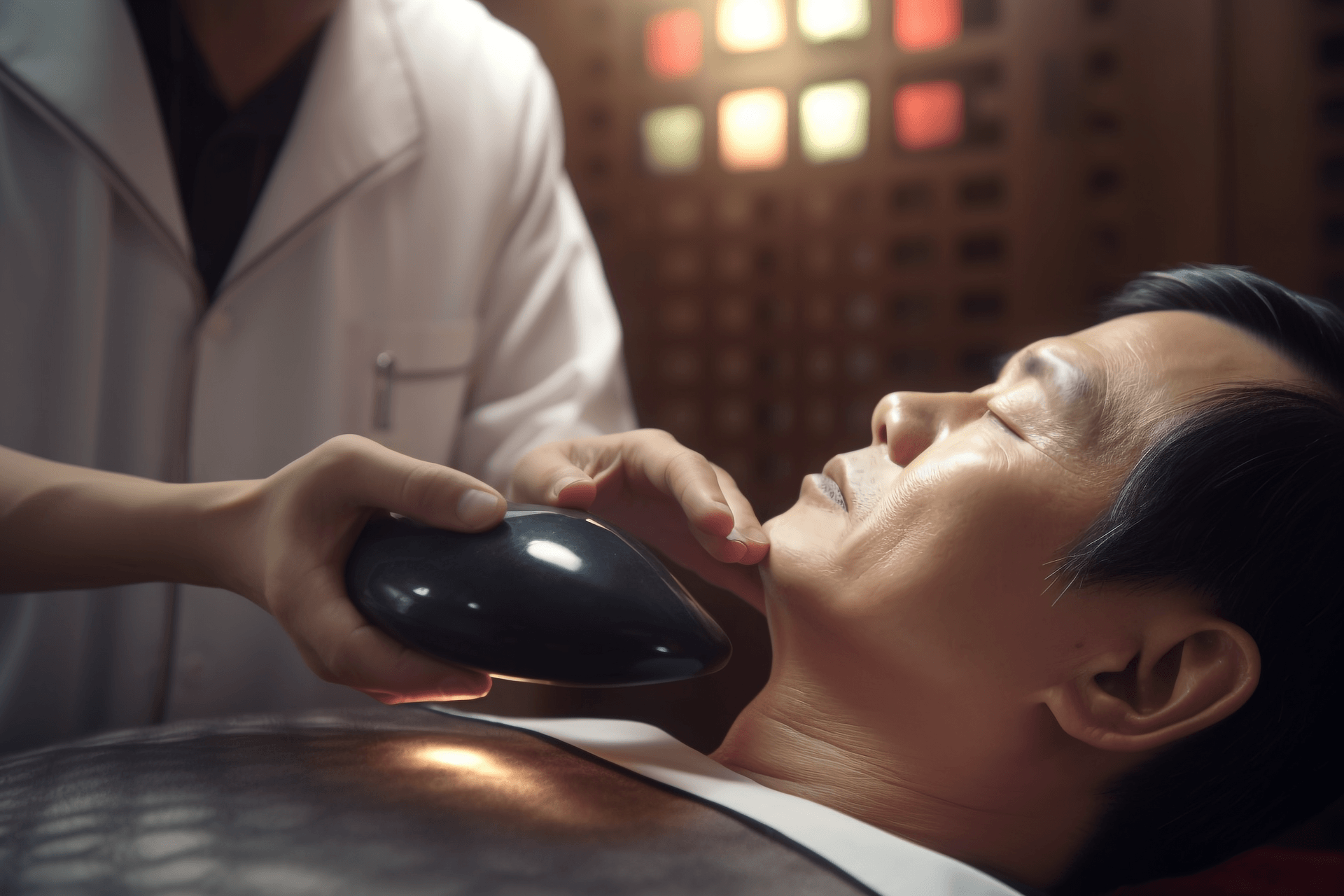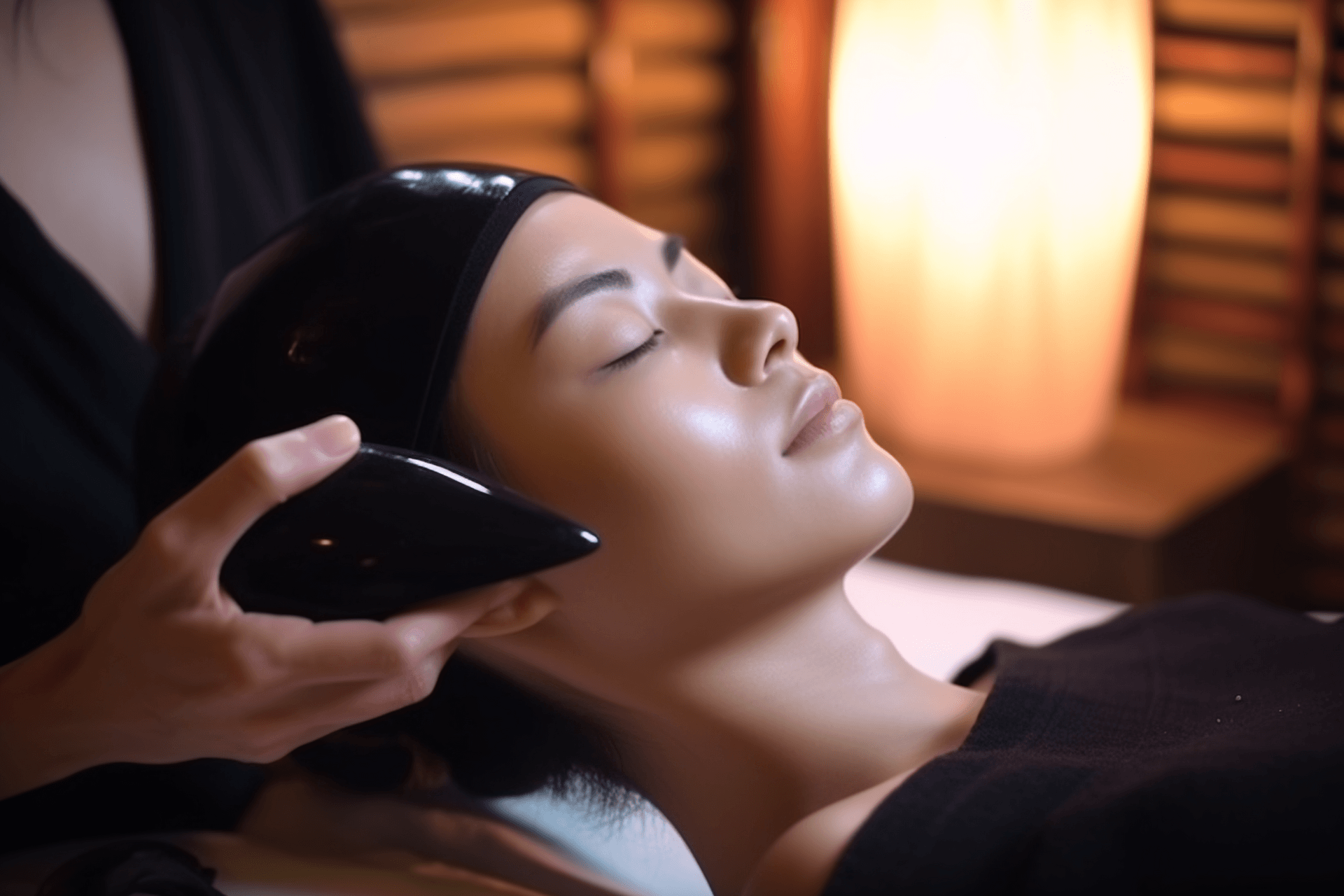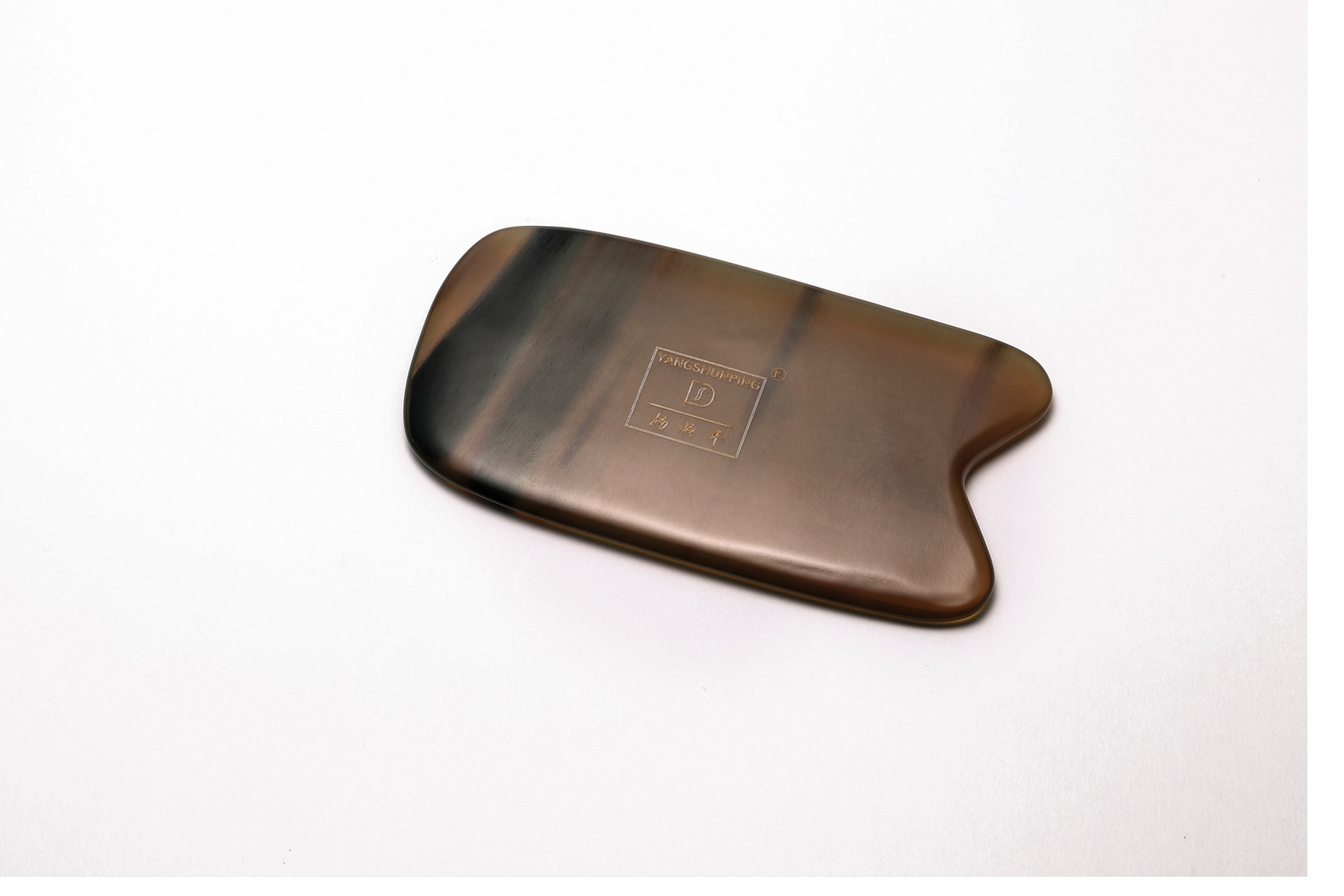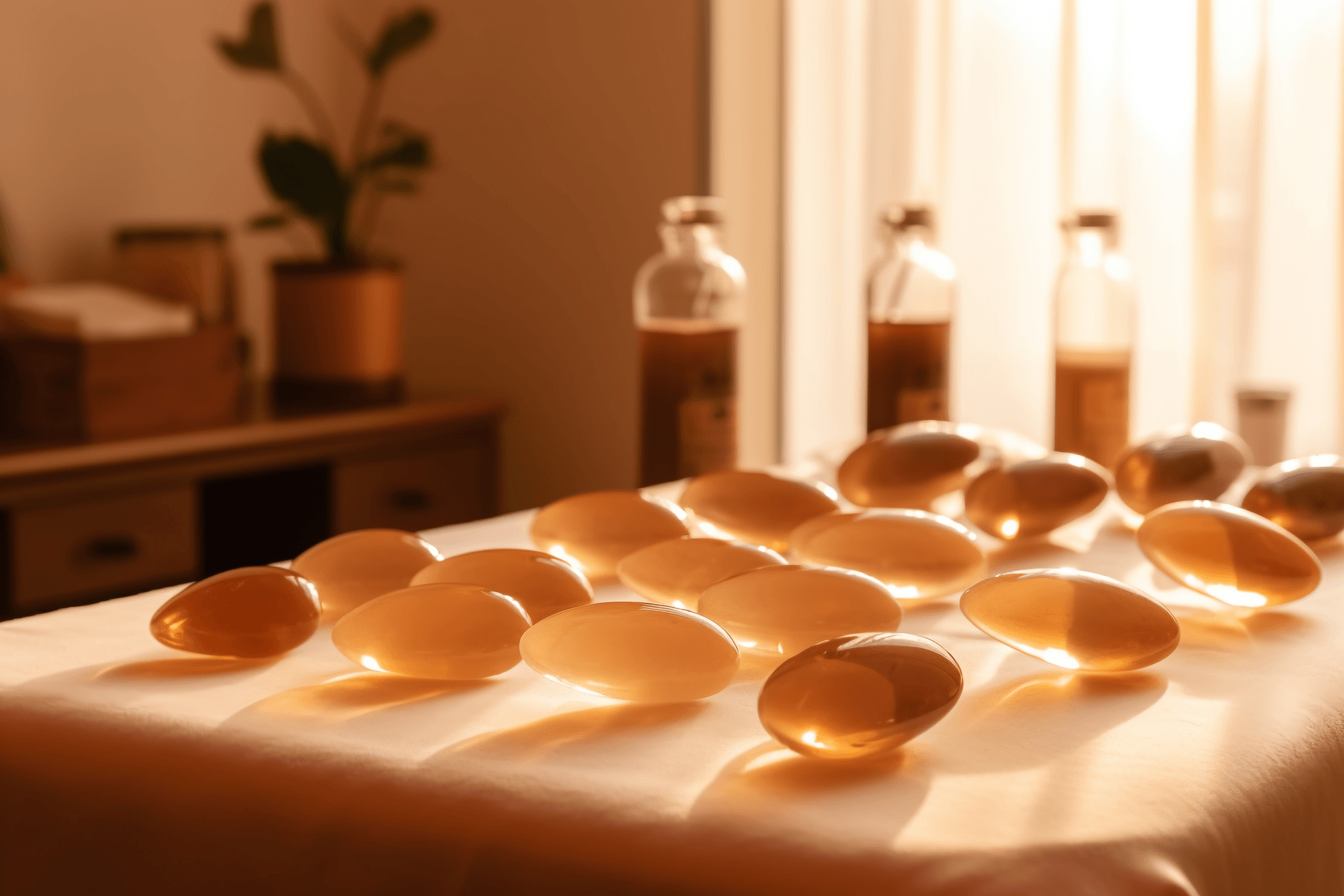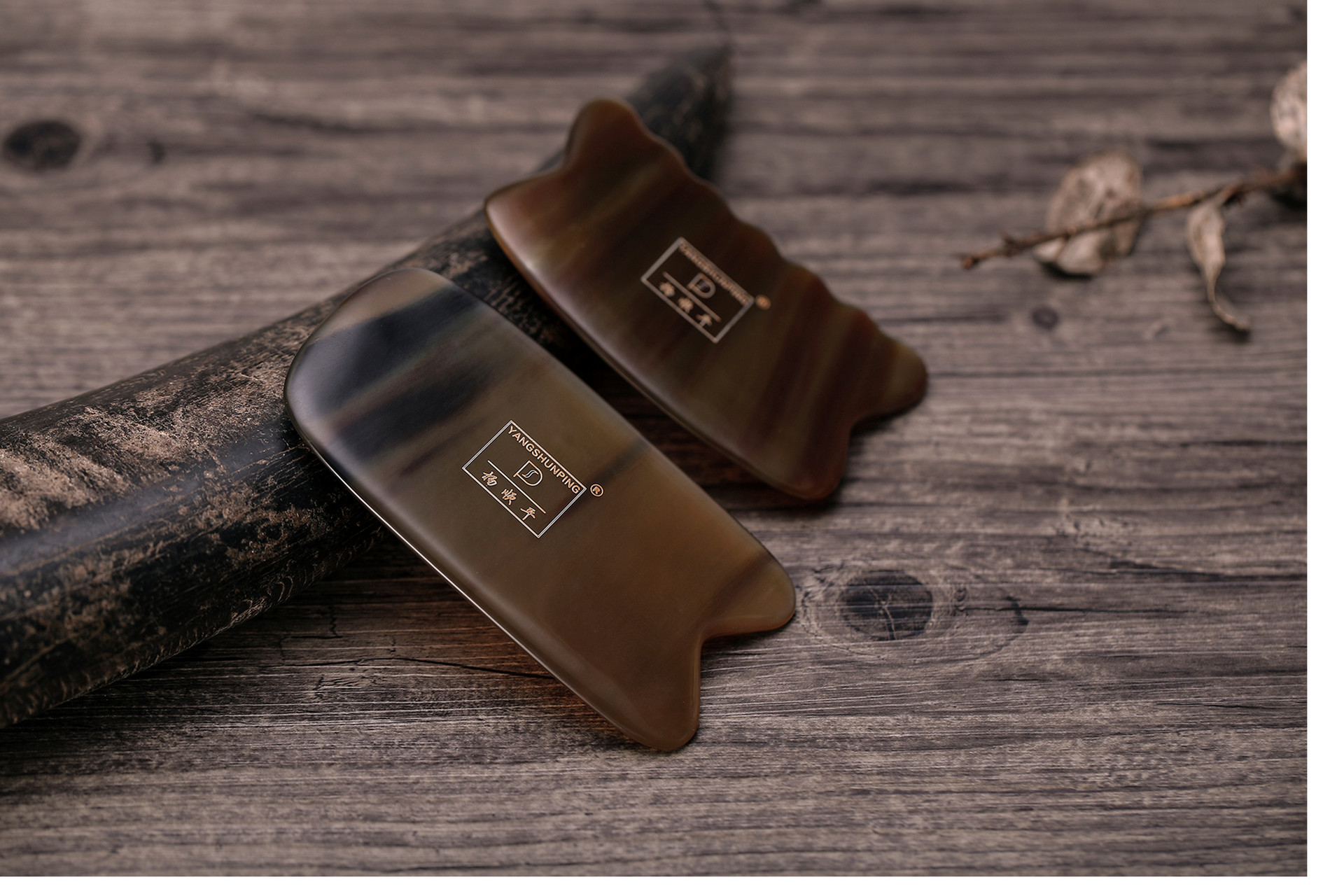Gua Sha is a distinctive therapeutic practice in Traditional Chinese Medicine, widely adopted for expelling dampness from the body and alleviating bodily pains. But, how much do you truly understand about Gua Sha? Why doesn't Gua Sha always produce Sha? And what should you pay attention to during the process? Let's delve into it together.
To gauge our health through Gua Sha, we must first grasp some fundamental knowledge.
**What is a Positive Reaction?**
Gua Sha can result in the appearance or absence of Sha, with sensations under the scraping tool varying from smooth to rough, gritty, nodular, with muscle tension either stiff or flaccid, collectively known as "positive reactions." These different reactions indicate various health states of the scraped area.
**1. No Sha Appearance**
If no Sha marks appear and there is no pain or unevenness during Gua Sha, it indicates that your meridians are clear and your body is relatively healthy.
**2. Sha Appearance**
The appearance of Sha during Gua Sha, which ceases immediately upon stopping the scraping, suggests slow local blood flow and stagnation of Qi and blood in the meridians. The color, density, and size of Sha relate to the duration and severity of local blood stagnation. The longer the stagnation, the more metabolic by-products in the blood, leading to darker, denser Sha over a larger area.
**3. Positive Reactions**
Positive reactions are felt as unevenness under the scraping tool, with obstructions like grit or nodules. They indicate impaired Qi and blood flow in the meridians and oxygen deficiency in tissue organs. Why do some areas produce Sha while others show unevenness, grit, or nodules? It mainly depends on the local blood circulation state. Obstructions cause Qi and blood deficiency due to blood flow blockage, leading to cell oxygen deficiency and resulting in tissue hyperplasia or adhesion reactions, presenting as uneven positive reactions rather than Sha. The nature of positive reactions varies with the cause, nature, and degree of the blockage. The longer the oxygen deprivation, the more pronounced the positive reactions.
Experiencing roughness, slight pain, or finding bubbles and gritty sensations under the scraping tool are signs of mild Qi and blood stagnation in the meridians.
If nodules appear during Gua Sha, it indicates prolonged Qi and blood stagnation. The larger and harder the nodules, the higher the degree of tissue adhesion or fibrosis, indicating a longer duration of the condition.
**Pain**
Pain is also a manifestation of positive reactions. It occurs when Qi and blood stagnation or deficiency affects nerve function, leading to pain as stated in Traditional Chinese Medicine, "Where there's obstruction, there's pain." Pain often indicates the presence of sub-health symptoms.
**Why Positive Reactions Occur**
Insufficient blood flow in ischemic microcirculation areas won't produce Sha. When tissue cells suffer from prolonged ischemia and hypoxia, pathological changes like hyperplasia, adhesion, fibrosis, calcification, or inflammation can occur. This results in uneven sensations under the scraping tool, with obstacles resembling grit, rice grains, peanuts, or even larger nodules, or string-like resistance, known as positive reactions. These reactions are not tumors but pathological responses to cell ischemia, hypoxia, or tissue injury and inflammation. Their size, shape, and the degree of condition are closely related to the severity, duration, and range of the pathological changes.
**Pre-treatment Techniques for Gua Sha**
**1. Selection of Gua Sha Tools**
Choosing the right tool is crucial. Clinically, we primarily use buffalo horn Gua Sha boards, often rectangular with rounded edges, smooth and polished. Buffalo horn itself possesses certain therapeutic properties like heat-clearing and detoxification. Using a buffalo horn Gua Sha board can enhance treatment effectiveness.



